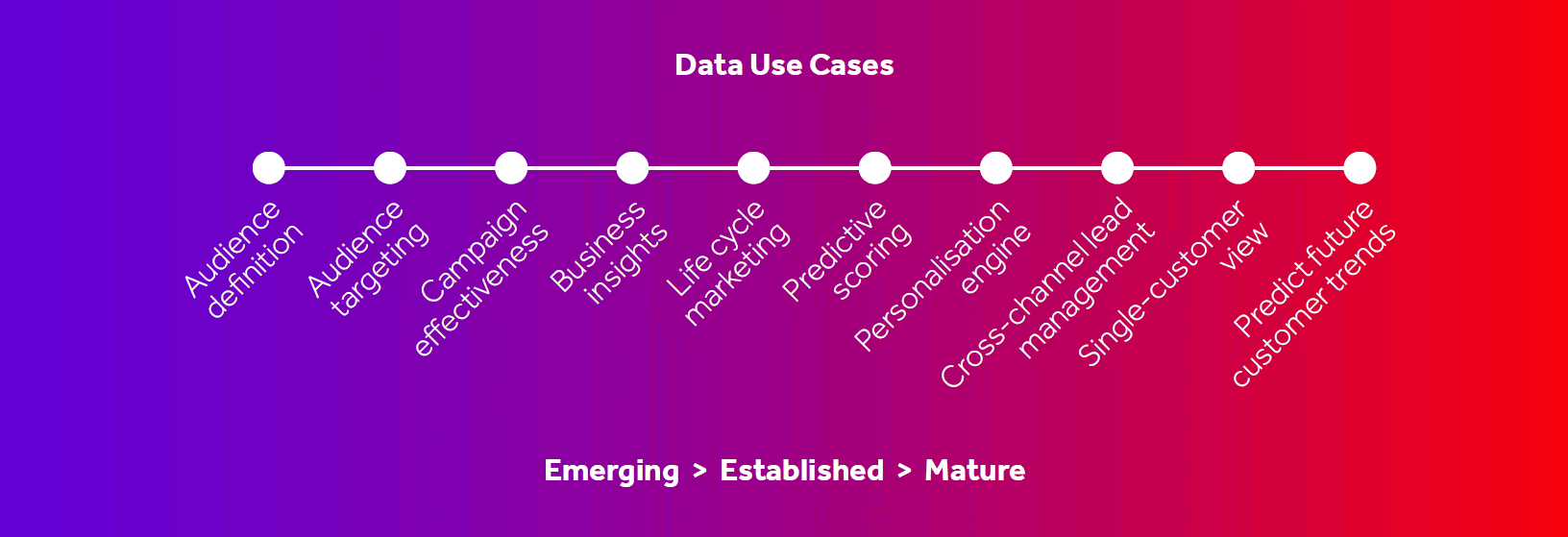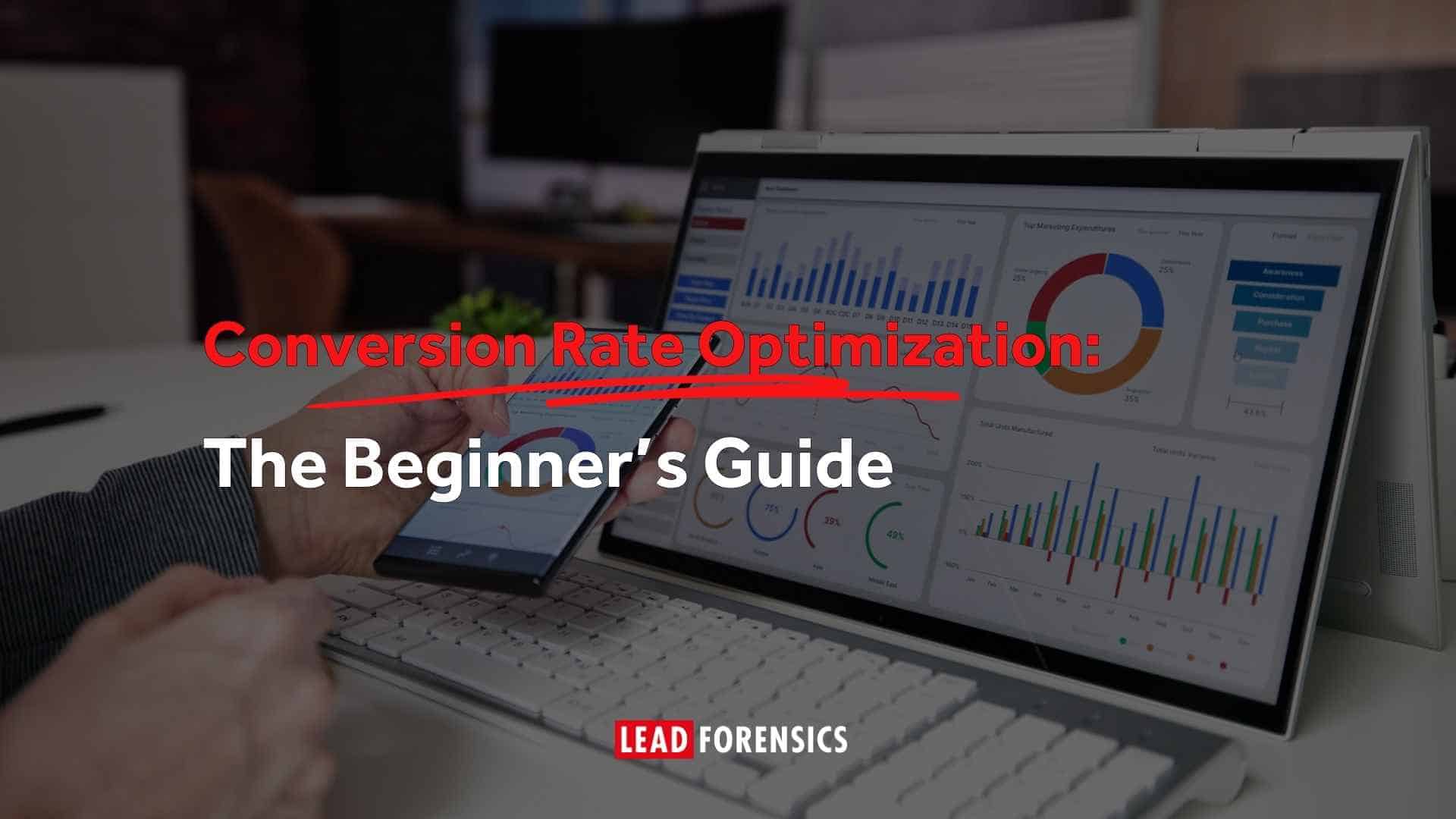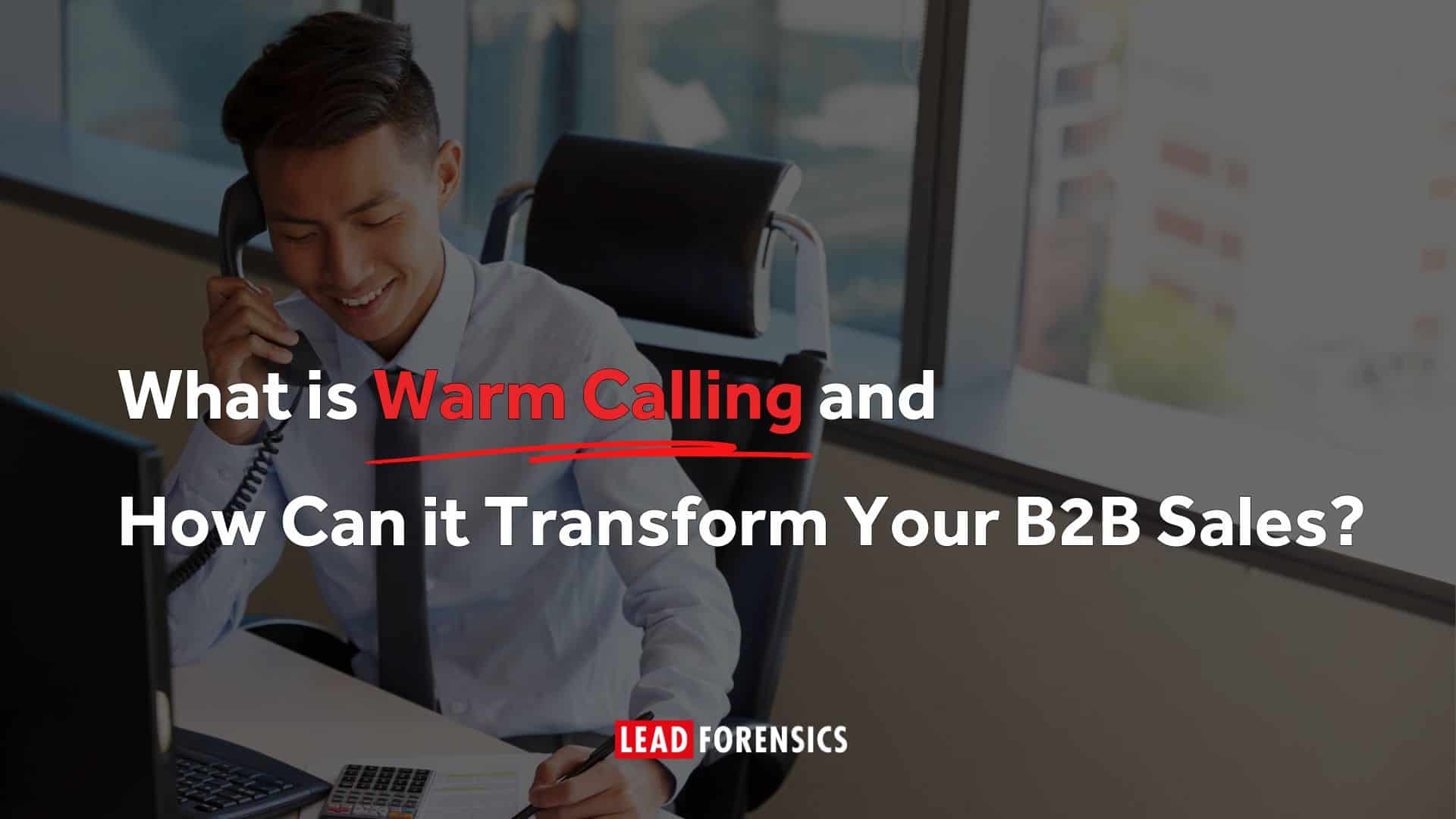
However, all is not lost as there are some equally delicious (in data terms) cookies that you can have access to. First-party cookies.
With the whole world waking up to how powerful first-party data can be, if you don’t know how to get the best from it, you’ll be in danger of falling behind your competitors. But don’t worry, we’re here to help…
Firstly, what’s the difference between first-party and third-party cookies?
A cookie is just a tracking code that is stored on your computer. Third-party cookies are codes that are generated by (you guessed it) a third party, often an advertiser. These cookies track what you do across multiple websites, and use this data to build up a pretty comprehensive profile of your online browsing and buying behaviors.
This is incredibly useful information for us to have – but you can probably also see why people are resistant to companies having this amount of information on them.
First-party cookies can show companies what you did while visiting their website, what pages you looked at, how often you visited, and for how long. It’s also commonly used for basic user experience enhancements like remembering your password, the language you speak and the items you put in your cart on your last visit.
Most importantly, first-party cookies are unique to your site, so you can’t track what a user does once they leave your website.
Third-party cookies are like mass-produced cookies you buy at a grocery store, whereas first-party cookies are like a delicious batch of homemade cookies, still warm from the oven… is anyone else hungry?

First-party cookies and the value they can bring to your business.
It’s vital that businesses who rely on third-party data make a change now, and get their new first-party data strategies up to speed in good time before they lose third-party cookies. There will inevitably be businesses that don’t make the change quickly enough or don’t realize the scale of the challenge until it’s too late. Those who make a proactive move towards first-party data now should therefore enjoy a substantial first-mover advantage.
And that’s not the only benefit you’ll get from switching your focus to first-party data:
- Unique data: by using your own data rather than third-party data also available to everyone else, you can get exclusive insights to guide your decision-making and campaign-building
- Relationship building: a richer first-party data source means you can more easily build direct and meaningful customer relationships that drive value and enhance in-market performance
- Great for targeting: first-party data can be cheaper and more accurate, allowing for comms to be much more targeted compared to those guided by third-party data
So, what are you waiting for?
Tools to enhance your first-party data
First-party data is going to become a crucial part of your data strategy, and that means investing in the right tools to get the most out of it.
Lead Forensics maximizes the value you get from your first-party data by telling you which businesses are visiting your website. We turn numbers into names and contact details, giving you real actionable data that you can prospect to.
This allows you to be tactical with your data, reaching out to your website visitors and personalizing your approach based on the content they looked at.
The value of tracking businesses
Thanks to our database of over 1.4 billion business IP addresses, Lead Forensics can show you the businesses visiting your website.
When third-party cookies are phased out, Lead Forensics will help B2B professionals continue to get the account-level data needed to power their strategies and digital campaigns.
We not only show you the businesses on your website but give you the names and contact details of the decision-makers at the company so you can reach out to them, knowing they already have an interest in what you do.
We can also give you information like which office the visitor is based at if a company has more than one location, to help you reach out to the right person.
Unlocking the value of first-party data
It’s clear that first-party data will be essential for businesses in the long term. But where can value be derived from it, and how can it help better marketing and comms on a more practical level? The opportunities for value are many and can be found in four key areas: marketing, sales, customer success, and business leadership.

Although these use cases benefit the entire business, let’s call out a few in the context of the four key areas we’ve highlighted.
Marketing
Using first-party data makes it far easier for B2B professionals to hone customer journeys, to the point where they’ve pretty much been perfected to help you reach your intended customer base.
For example, a more reliable and informative flow of data generates essential business insights into how your market operates, and how people respond to your proposition. Helpful right?
Taken further, this data can be fed into predictive lead-scoring algorithms that accurately identify, nurture, and prioritize the most promising opportunities within your funnel.
Ultimately, you should be able to base an Ideal Customer Profile (ICP) on first-party data and work out which customers are most likely to see high value from your product, and those that are least likely to churn.
Sales
The strong link between marketing and sales can be further galvanized by the use of first-party data. Firstly, it allows enhanced audience targeting by creating the ideal customer journey, to the point where it becomes easier for sales teams to increase conversion rates. Alongside this, better cross-channel lead management should enable a more cohesive and timely brand story, from introduction to conclusion, that both marketing and sales can benefit from. But there are obvious benefits for sales teams specifically, too.
Unlike third-party data, they can be confident that when they are passed leads from marketing based on first-party data, the information is exclusive, accurate, and timely.
All of which makes sales teams’ communication and conversations with customers much easier to start, maintain, and close.
Customer Success
All businesses know that customer expectations are rising all the time. First-party data gives you an unrivaled opportunity to truly get under the skin of what motivates each of your prospective customers, and use that information to give them what they want. For starters, it can enable seamless customer experiences through the brand lifecycle, from marketing communications through sales engagement to customer success management.
This can incorporate opportunities for hyper-personalization – which are known to be particularly successful with customers – so that they receive relevant and valuable brand experiences that evoke the desired emotions and reactions. Both of these points ensure that, whether a customer is visiting your website for the first time, or is a loyal buyer of several years’ standing, they always get consistent experiences that resonate and inspire.
Leadership
With better and more insightful data, it becomes far simpler for senior management to pull marketing, sales, and customer success together into a coordinated unit working towards the same goal. Bespoke performance benchmarks mean you can better plan, drive, measure, and optimize cross-departmental efforts. A rich, detailed, single profile of each customer enables better alignment throughout an organization, and it becomes easier to understand and plan for future customer trends, especially regarding resource allocation and predictive growth modeling.
So now you know what to do with your first-party data, you can be as happy as the Cookie Monster with a full jar of cookies.

Convinced, but not sure where to start? Read on..
Your first-party data journey
Moving away from your dependence on third-party data and towards a strategy led by first-party data doesn’t happen overnight. It certainly isn’t the case of turning one tap off and another tap on! The transition will be gradual and take a considerable amount of time – which is all the more reason to start exploring your options now. There are six actions we recommend in getting ready for the first-party data era, in a way that minimizes the risk to your campaign and overall business continuity
1) Understand the landscape No strategy can proceed without a clear definition of your current data position. In particular, this should assess the areas where you are currently wholly or largely reliant on third-party data, and how using first-party data instead can open up opportunities in those areas.
2) Create your strategy Once you’ve worked out how you’re going to generate first-party data, you can then decide what you want to do with it. The best place to start is to explore the more short-term use cases so that you can start feeling the benefits quickly, and gradually scale up from there.
3) Build the foundations The transition may be a complex one as some areas move towards first-party data earlier than others. Making sure the right technologies, processes, and expertise are all in place to manage the transition successfully is critical.
4) Launch the strategy Achieving internal buy-in from senior management, and getting them to appreciate the importance of the change, is key to getting the transition strategy off the ground. An ideal way to do this is to secure the support of a senior internal sponsor who can help remove the barriers to success, and back efforts to nurture a data-driven business culture.
5) Evaluate and optimize Monitoring the success of first-party data collection and analytics, and their application in campaigns and communications should be a constant effort. It should incorporate the definition of accountability for set parameters and the establishment of key milestones and metrics that will ultimately unlock agreed use cases.
6) Scale your first-party data drive As the first-party data strategy gets up and running, you can gradually add more use cases, integrate more channels, and augment additional sources. Expanding the scope of your first-party data use over time means you can spread the benefits this data can bring throughout your organization.
Summary
While this guide has given you a steer on how to approach the move to first-party data, the task cannot be looked at as simple or immediate. That’s why we recommend you start taking action now. The ideal goal is to be in a position that, when Google’s support for third-party data ends, your business has already rolled out first-party data operations organization-wide.
This is the best way to ensure your transition is as smooth and free of disruption as possible. Of course, a key part of making this a success is to consider where you’re going to generate all this first-party data. There are many different touchpoints at your disposal: mobile apps, email-based lead-generation campaigns, and even social media.
But don’t overlook the possibilities for first-party data generation that lie within your website. Whether your prospects are actively looking to buy, just browsing, or even looking for less direct information like blogs and thought leadership, all their first-party actions are pieces of data that you can use to enrich your engagement.
We know that making this happen can seem complex and that the goals and priorities of using first-party data will vary substantially from business to business. This is where the help of an expert partner, and especially one with supporting technology, can make such a difference.
About Lead Forensics
Lead Forensics is the market-leading IP tracking solution, possessing the world’s largest IP database with over 1.4 billion addresses with more being added every day. When third-party cookies are phased out, Lead Forensics will help ensure that B2B professionals continue to get the account-level data needed to power their strategies and digital campaigns.
Respecting the increased demand for consumer privacy is crucial in maintaining a positive relationship between your brand and your audience. This is easily done when deploying and incorporating our technology into your business. Although our software works on the basis of reverse IP tracking, personal IP addresses are never collected.
Our focus is on collecting and storing business data but limited personal data is also collected. We are fully compliant with all the global laws, including GDPR, ensuring all information is protected and privacy is maintained. Above and beyond this, we do not share or sell any data and were recently accredited with ISO 27001.
This means that Lead Forensics’ website visitor automation is an excellent tool for reinvigorating your first-party data strategy in preparation for the changes, and for the marketing landscape that will follow once these changes have been implemented — all whilst putting users’ privacy first. To find out more about how our technology and expertise can help you maximize your use of first-party data, get in touch with us today.








